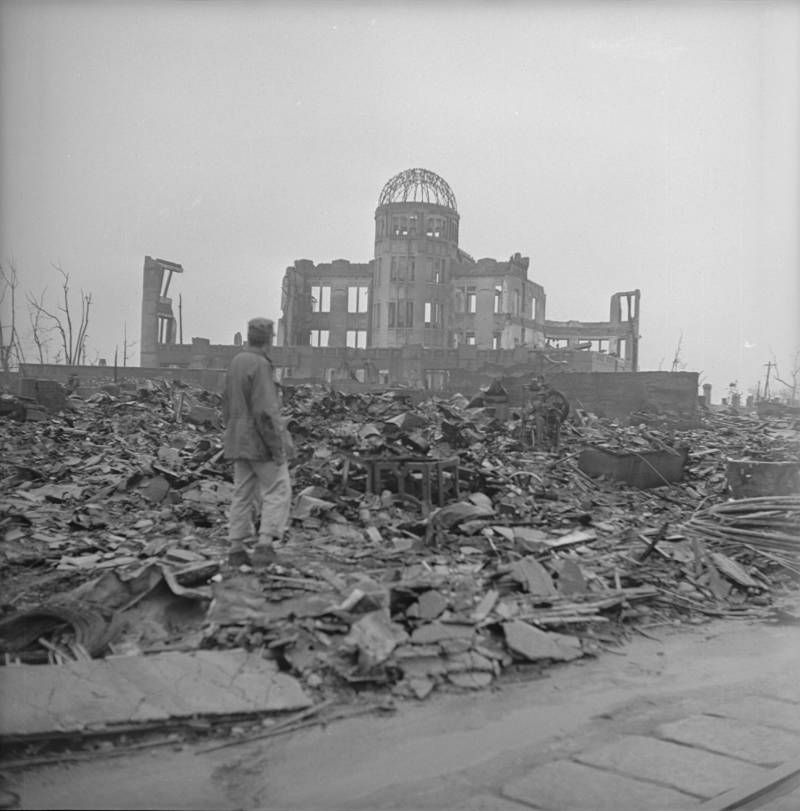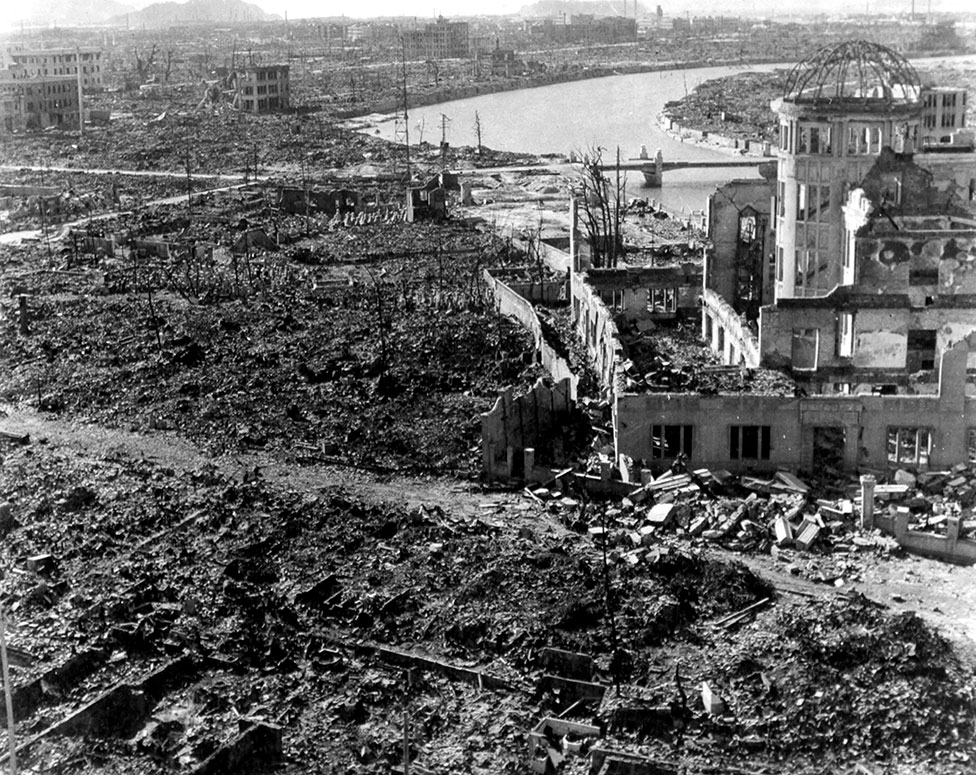

Long to reveal the truth?’ The answer, it would seem, lies mainly on the shoulders of the tough U.S. One inevitably asks the question, ‘Why had it taken a well-known publication like Life so It took Life seven years to tell what Burchett had told the world articles in the September 1952 issue called the victims of the atomic bombs the “Walking Dead”, and shocked its readers with graphic pictures of radiation-burns on young childrenĪnd the gruesome wrecks left by the bombings (“When Atom Bomb Struck”). Photographs in the August issue provided a distanced aerial shot of the cities, but neglected to show the moaning victims, the crowded hospitals, or any other indication of the devastation left behind by two of the most destructive explosions in human history. Fifteen days before the publication of Burchett’s article, Life magazine also started to cover the stories of bombed cities, or rather, the stories of “a new era” (“The Atomic Bomb”). It looks as if a monster steamroller had passed over it and squashed it out of existence,” described William Burchett in his Septemarticle “Atomic Plague” in the London Daily Express, after witnessing the tragic aftermath of the atomic bombing (Pilger). “Hiroshima does not look like a bombed city. government wanted to avoid domestic and international criticism for the brutality of the bomb that devastated Hiroshima and Nagasaki. Therefore, the photographs and captions support the idea that the U.S.

The paper also observes that after censorship was officially lifted, publications such as Life uncovered shocking, gruesome accounts of the aftermath of the bombings. decision to drop the bombs in Japan was justified. As a result of censorship, American public highly approved of the use of the bomb and believed that the U.S. media published articles that deliberately distorted account of the bombings and used derogatory language to refer to Japan and its people. government as a heroic figure rather than an aggressor. Many photographs and captions trivialized the destruction and the suffering at the bombed sites, glorified the power of the atomic bomb, and portrayed the U.S. Specifically, this paper observes and analyzes photographs and their captions from Life magazine and various other publications. media from 1945 to 1952, when censorship was officially lifted with the ratification of the San Francisco Peace Treaty. censorship of the atomic bombs dropped in Hiroshima and Nagasaki was reflected in the U.S. Abstract: This paper examines how the U.S.


 0 kommentar(er)
0 kommentar(er)
